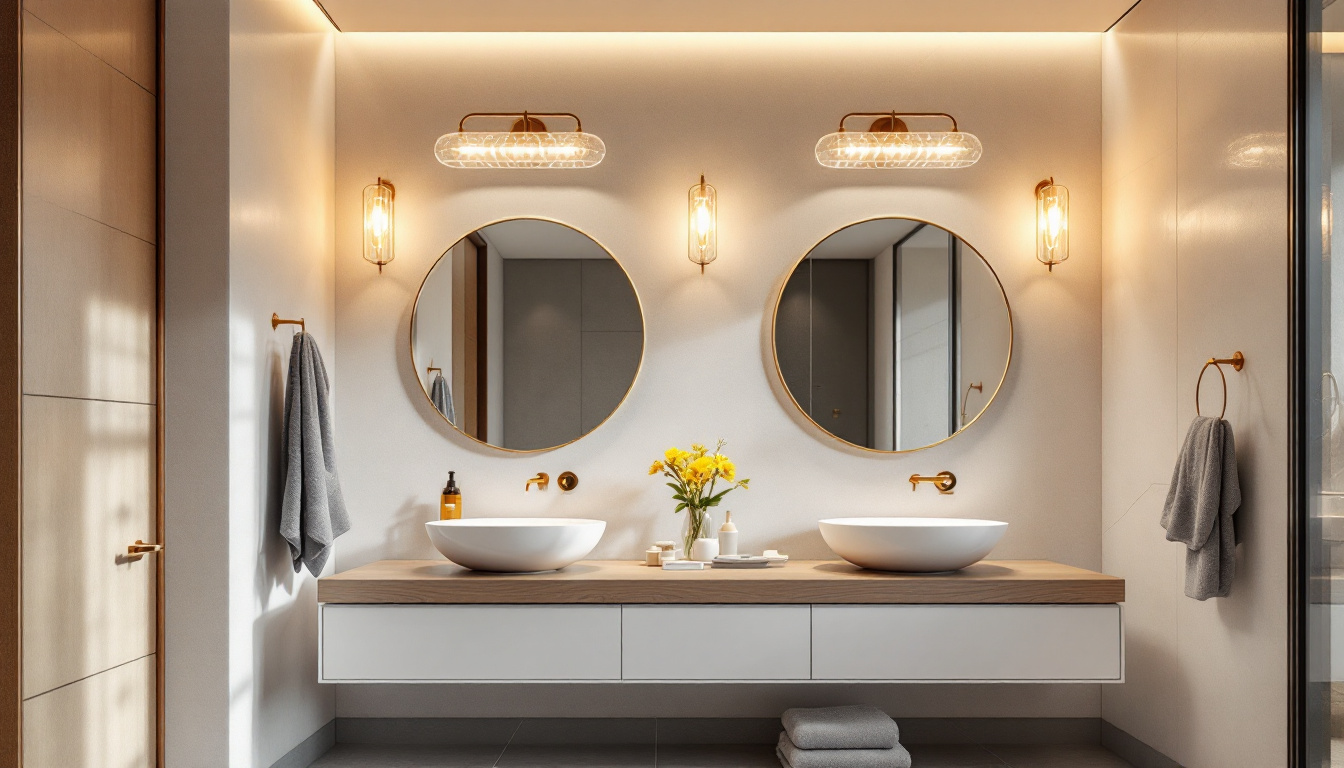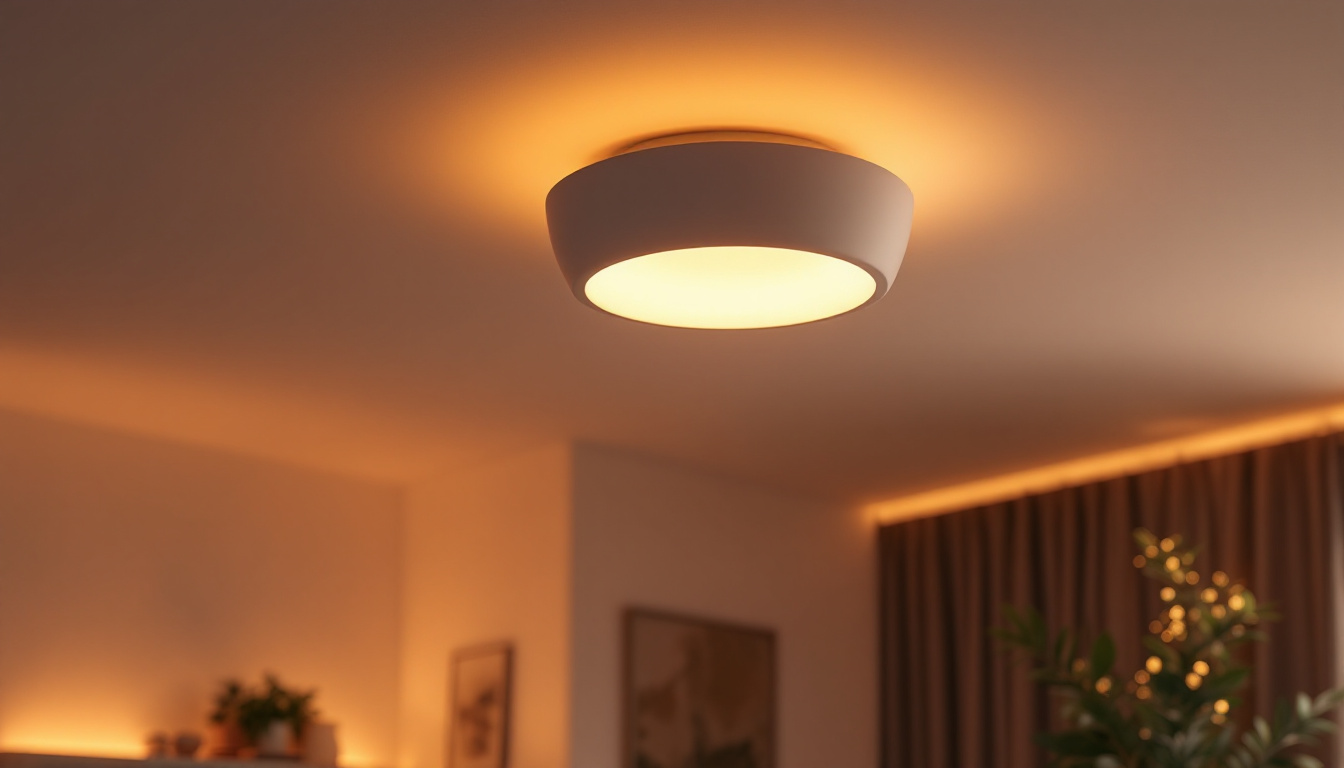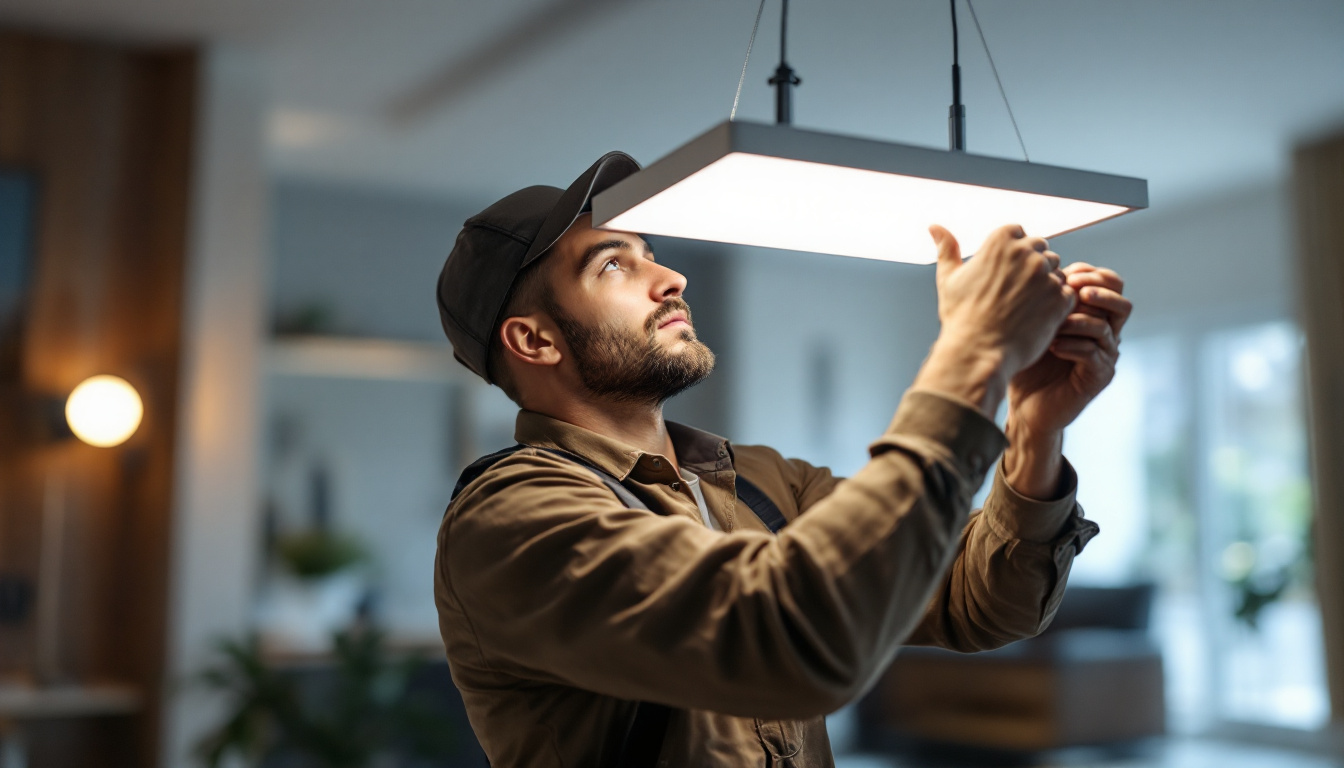
Bathrooms are unique spaces that require thoughtful lighting solutions to enhance functionality and aesthetics. Unlike other areas in the home, bathrooms often have specific requirements due to their size, layout, and the activities that take place within them. Proper lighting can significantly impact the overall atmosphere and usability of the space, making it essential for lighting contractors to understand these needs.
When designing lighting for bathrooms, it is crucial to consider the different zones within the space. Each zone serves a specific purpose, and the lighting should be tailored accordingly. For instance, task lighting is vital around mirrors for grooming tasks, while ambient lighting can create a soothing atmosphere for relaxation. By identifying these distinct zones, contractors can develop a comprehensive lighting plan that meets the diverse needs of bathroom users.
There are three primary types of lighting to consider when planning bathroom fixtures: ambient, task, and accent lighting. Ambient lighting provides general illumination, ensuring that the entire space is well-lit. Task lighting, on the other hand, focuses on specific areas where activities such as shaving, applying makeup, or reading occur. Accent lighting can be used to highlight architectural features or decorative elements, adding depth and interest to the design.
Each type of lighting plays a crucial role in creating a well-balanced environment. For example, a combination of recessed lighting and wall sconces can offer both ambient and task lighting, while strategically placed LED strips can enhance the aesthetics of a modern bathroom. Understanding how to effectively blend these lighting types is key to achieving a cohesive and functional design.
When selecting bathroom fixtures, several factors should be taken into account. First, the size of the bathroom will influence the type and number of fixtures required. A small bathroom may benefit from wall-mounted sconces to save space, while larger bathrooms could accommodate a chandelier or multiple overhead lights.
Another important consideration is the color temperature of the light. Warmer tones can create a cozy atmosphere, while cooler tones are better suited for task-oriented areas. It is advisable to use a color temperature between 2700K and 3000K for general bathroom lighting, as this range provides a flattering light that complements skin tones.
Additionally, the placement of lighting fixtures is critical in maximizing their effectiveness. For example, installing fixtures at eye level around mirrors can minimize shadows and provide even illumination, which is particularly important for makeup application. Furthermore, dimmer switches can be a valuable addition, allowing users to adjust the brightness according to their needs, whether it’s for a relaxing soak in the tub or a quick morning routine. This flexibility not only enhances the functionality of the space but also contributes to energy efficiency, as users can opt for lower light levels when full brightness is unnecessary.
Finally, the choice of materials and finishes for light fixtures can also impact the overall design of the bathroom. Opting for moisture-resistant materials, such as stainless steel or glass, ensures durability in a humid environment while also contributing to a sleek, modern aesthetic. Incorporating decorative elements, like vintage-style bulbs or artistic light fixtures, can add a personal touch and elevate the overall design, making the bathroom not just a functional space, but a stylish retreat as well.
Selecting the appropriate fixtures is essential for achieving the desired lighting effect in a bathroom. The market offers a wide variety of options, from traditional sconces to modern pendant lights, each with its own advantages and aesthetic appeal. Understanding the characteristics of different fixtures can help contractors make informed decisions that align with their clients’ preferences.
For example, wall sconces are a popular choice for flanking mirrors, as they provide even lighting without creating harsh shadows. Recessed lighting, on the other hand, can offer a sleek and unobtrusive solution for ambient lighting. Pendant lights can serve as a stylish focal point, particularly in larger bathrooms with high ceilings.
In today’s environmentally conscious world, energy efficiency is a significant consideration for lighting solutions. LED fixtures have become increasingly popular due to their longevity and low energy consumption. By opting for LED lighting, contractors can help clients reduce their energy bills while also minimizing their carbon footprint.
Moreover, many manufacturers now offer eco-friendly fixtures made from sustainable materials. Incorporating these options into bathroom designs not only aligns with modern sustainability goals but also appeals to clients who prioritize environmentally responsible choices.
Layering lighting is a technique that involves combining different types of fixtures to create a well-rounded illumination scheme. This approach allows for flexibility, enabling users to adjust the lighting according to their needs and preferences. For instance, a combination of recessed lights, wall sconces, and accent lighting can provide both general illumination and targeted lighting for specific tasks.
Incorporating dimmer switches is another effective way to enhance the versatility of bathroom lighting. Dimmers allow users to control the intensity of the light, creating a relaxing ambiance for soaking in the tub or brightening the space for morning routines. This adaptability is particularly valuable in bathrooms, where lighting needs can vary throughout the day.
Staying updated on the latest trends in bathroom lighting can provide contractors with valuable insights into what clients are looking for. One prominent trend is the use of smart lighting solutions, which allow users to control their bathroom lighting through mobile apps or voice commands. This technology not only adds convenience but also enhances the overall user experience.
Another trend gaining traction is the incorporation of natural light into bathroom designs. Skylights and large windows can significantly enhance the ambiance of a bathroom, making it feel more open and inviting. When combined with artificial lighting, natural light can create a harmonious balance that elevates the overall aesthetic.
Minimalism continues to be a popular design choice in modern bathrooms. Clean lines, simple fixtures, and uncluttered spaces are hallmarks of this approach. Lighting fixtures that embody minimalist design principles, such as sleek pendant lights or understated sconces, can complement the overall aesthetic while providing effective illumination.
Contractors should consider how each fixture fits into the minimalist theme, ensuring that the lighting enhances rather than detracts from the overall design. This attention to detail can make a significant difference in the final result.
On the other end of the spectrum, vintage and retro lighting fixtures are making a comeback in bathroom designs. These fixtures often feature intricate details and unique shapes that can add character to a space. Incorporating vintage elements can create a sense of nostalgia and warmth, appealing to clients who appreciate classic design.
When integrating vintage fixtures, it is essential to ensure they meet modern safety and efficiency standards. This may involve retrofitting older fixtures with updated electrical components or pairing them with energy-efficient bulbs to maintain functionality without sacrificing style.
Proper installation is crucial for ensuring that bathroom lighting functions effectively and safely. Contractors should be aware of the specific requirements for electrical installations in wet areas, such as bathrooms. This includes adhering to local building codes and using fixtures rated for damp or wet locations.
Additionally, the placement of fixtures should be carefully planned to avoid glare and shadows. For example, when installing sconces, they should be positioned at eye level to provide even lighting around mirrors. Recessed lights should be spaced appropriately to ensure uniform illumination throughout the space.
Safety is paramount in any lighting installation, especially in bathrooms where water and electricity intersect. Contractors must ensure that all fixtures are compliant with safety standards and that proper grounding and circuit protection measures are in place. This not only protects the users but also prevents potential electrical hazards.
It is also advisable to educate clients about the importance of regular maintenance for their bathroom lighting. Dust and moisture can accumulate on fixtures, affecting their performance and safety. By providing clients with maintenance tips, contractors can help prolong the life of the lighting solutions they install.
Every client has unique preferences and requirements when it comes to bathroom lighting. Engaging in thorough consultations can help contractors understand their clients’ needs and expectations. This dialogue allows for the customization of lighting solutions that align with the client’s vision while also considering practical aspects such as budget and installation constraints.
Offering a range of options, from fixture styles to lighting controls, empowers clients to make informed decisions that reflect their personal tastes. This level of customization not only enhances client satisfaction but also establishes a strong rapport between contractors and their clients.
Effective bathroom lighting is a multifaceted endeavor that requires careful planning and consideration. By understanding the unique needs of bathroom spaces, selecting appropriate fixtures, and staying abreast of current trends, lighting contractors can create solutions that enhance both functionality and aesthetics. Layering lighting, incorporating energy-efficient options, and prioritizing safety are all essential components of a successful bathroom lighting design.
As the demand for innovative and personalized lighting solutions continues to grow, contractors who embrace these principles will be well-positioned to meet the needs of their clients. With the right approach, bathroom lighting can transform a simple space into a sanctuary of comfort and style.
Ready to elevate your bathroom lighting designs with the finest fixtures on the market? Look no further than LumenWholesale, where we provide contractors with exceptional, spec-grade lighting products at unbeatable wholesale prices. Our extensive selection is designed to meet the highest industry standards, ensuring you deliver reliable and high-performance lighting solutions to your clients. Plus, with free shipping on bulk orders, you can enjoy premium lighting at the best value — without hidden fees or compromises. Transform your next project into a sanctuary of comfort and style with LumenWholesale. Discover our range and take advantage of our wholesale lighting deals at the best value by visiting LumenWholesale today.

Discover essential insights for lighting contractors on selecting and installing flush mount ceiling fixtures.

Discover how lighting contractors can enhance their projects and boost client satisfaction with panel lights.

Discover essential tips and expert advice for lighting contractors seeking to purchase race track starting lights.

Discover how ceiling light trim rings can revolutionize your lighting projects by saving time and reducing costs.